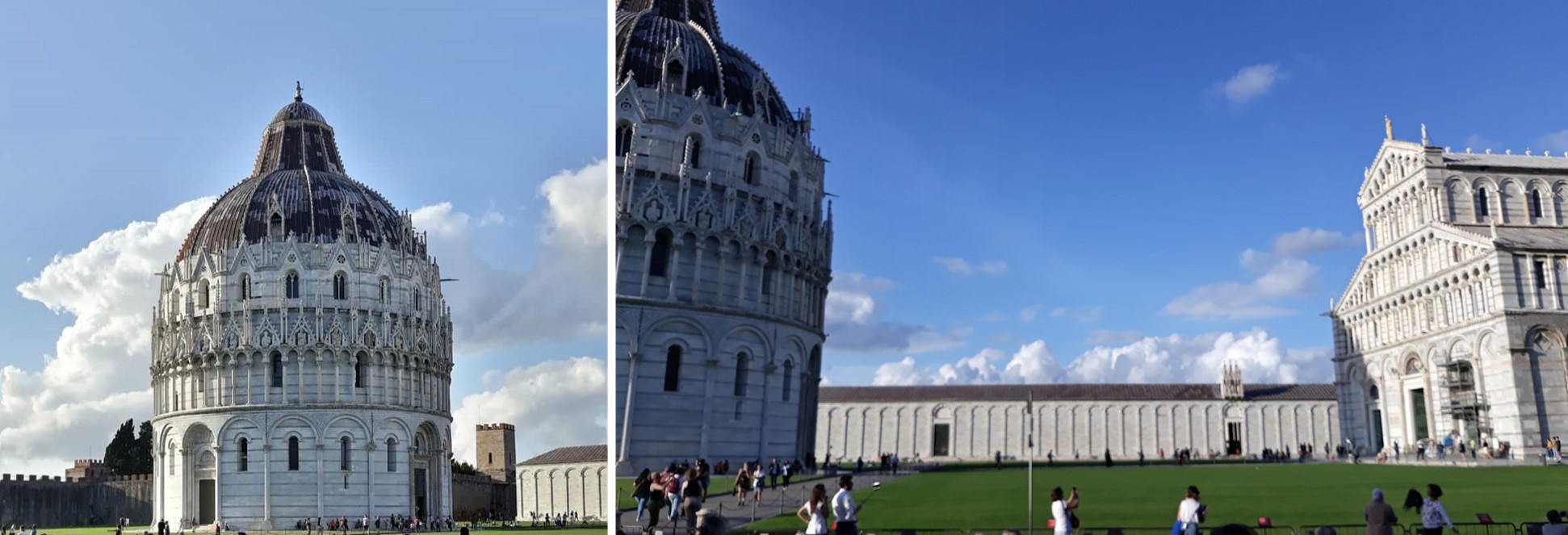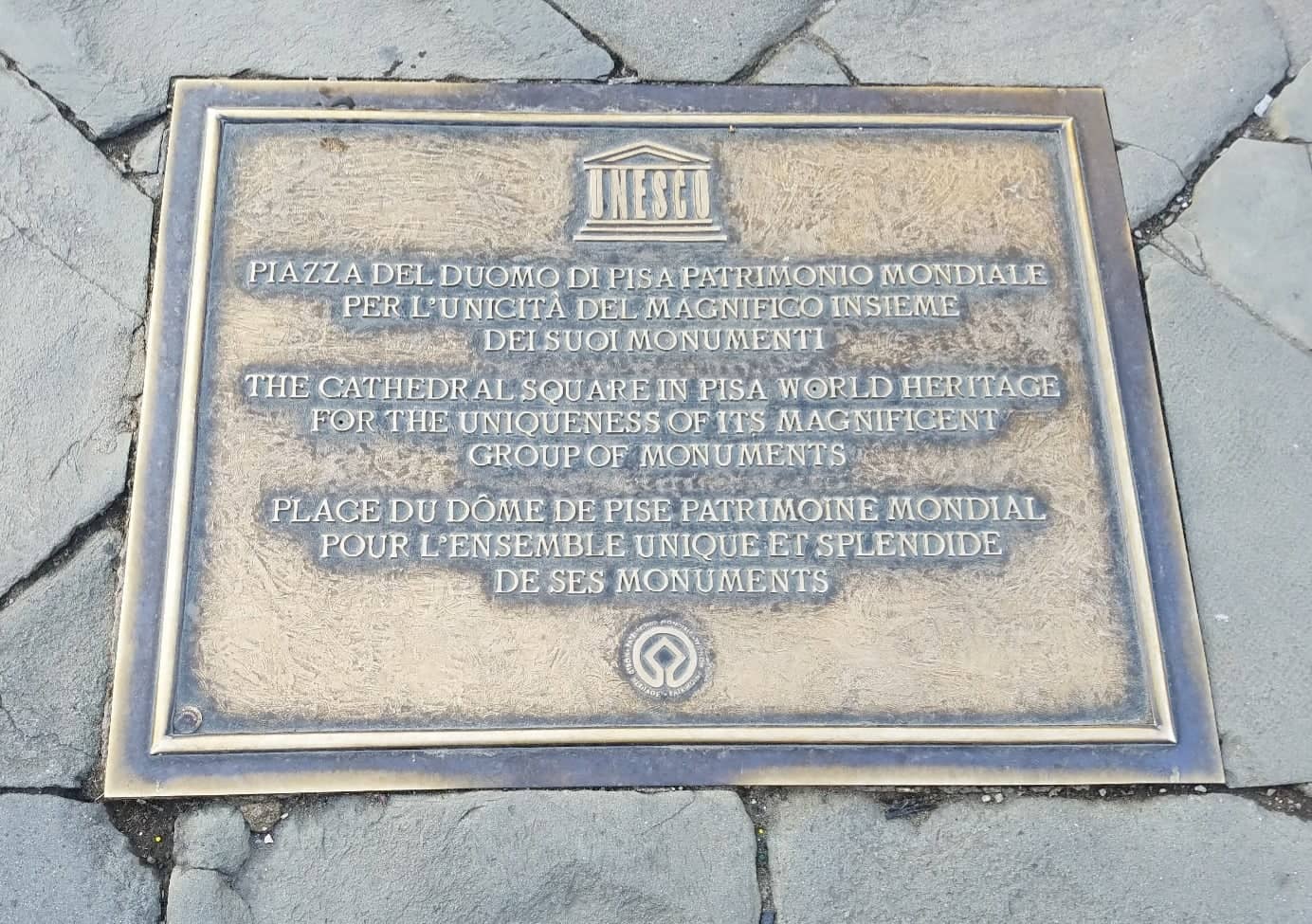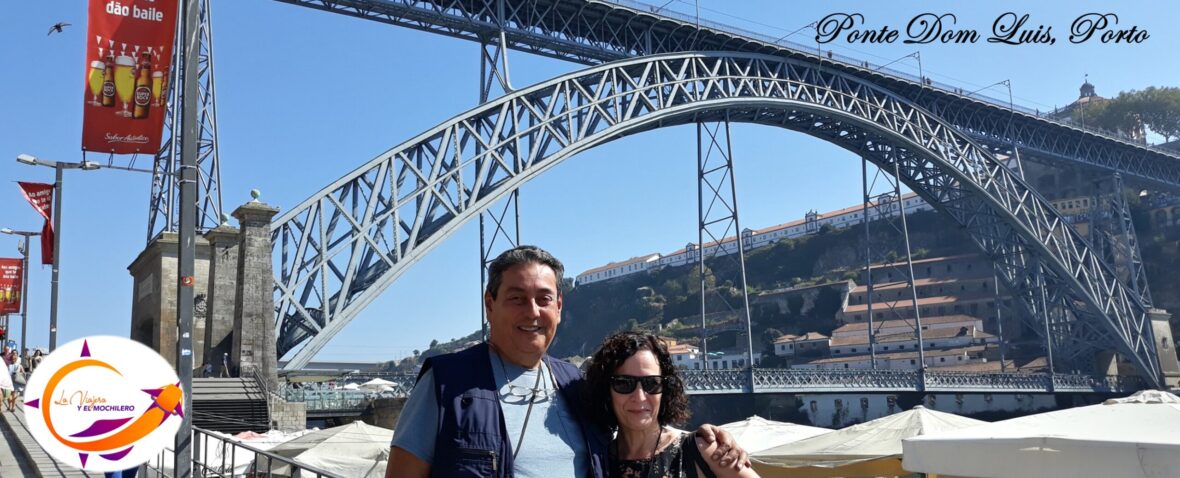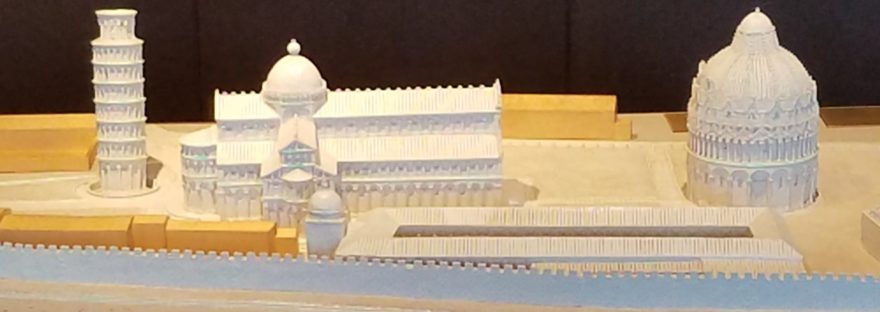Having visited the leaning towers of “Asinelli” and “Garisenda” in Bologna, we soon stepped on another city with leaning towers, Pisa. Known worldwide for having the greatest inclination, the bell tower of the “Duomo di Pisa” is also the most recognized monument in the city.
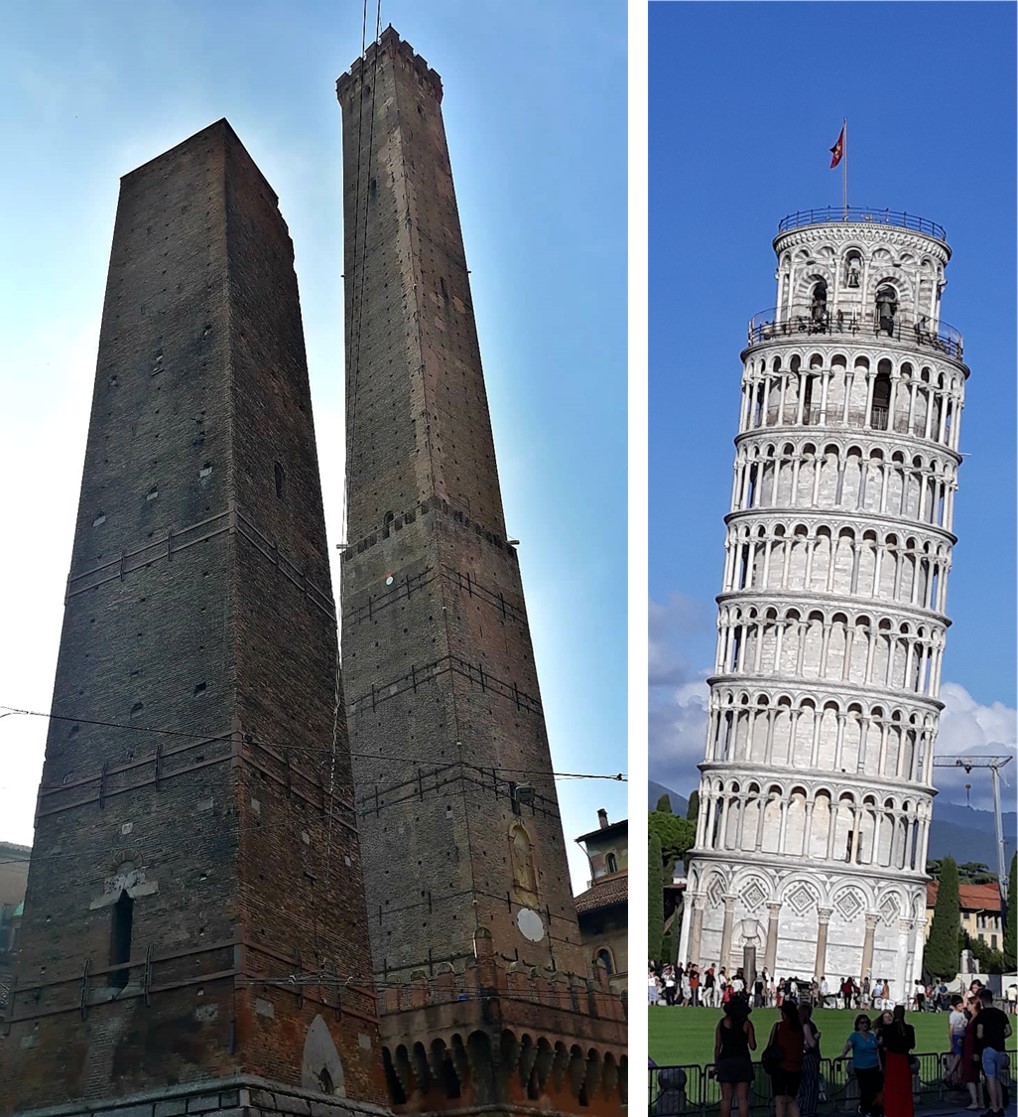
Several cities in Italy have leaning towers in addition to Bologna and Pisa. Venice (the Campanile of San Martino and the Campaniles of “San Giorgio dei Greci”, “Santo Stefano” and “San Pietro di Castello”), Carole, a city near Venice (the Campanile of the “Duomo di Santo Stefano” ” ) And Rome (the “Torre delle Milizie”) is also considered to be leaning tower cities. Incidentally, Pisa has two less famous leaning towers, the “Campanile di San Nicola” and the “Campanile di San Michele degli Scalzi”.
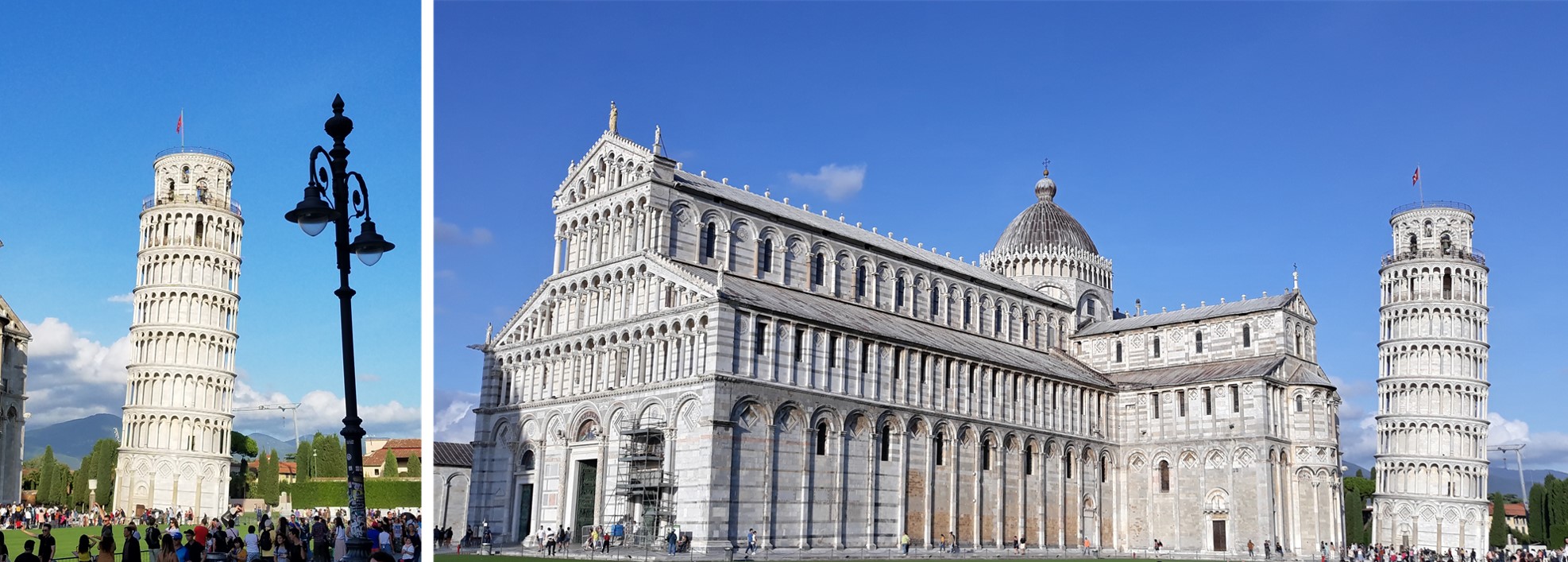
The “Duomo Santa Maria Assunta” complex is today located in the “Piazza dei Miracoli” or Miracle Square, but it was originally called “Piazza del Duomo” (Cathedral Square). As is the case in many other places, the complex consists of a baptistery, a cathedral and its bell tower. The complex is seen instantly upon entering the walled city through the arch gateway of “Santa María”, also known as the “Porta Nuova”.
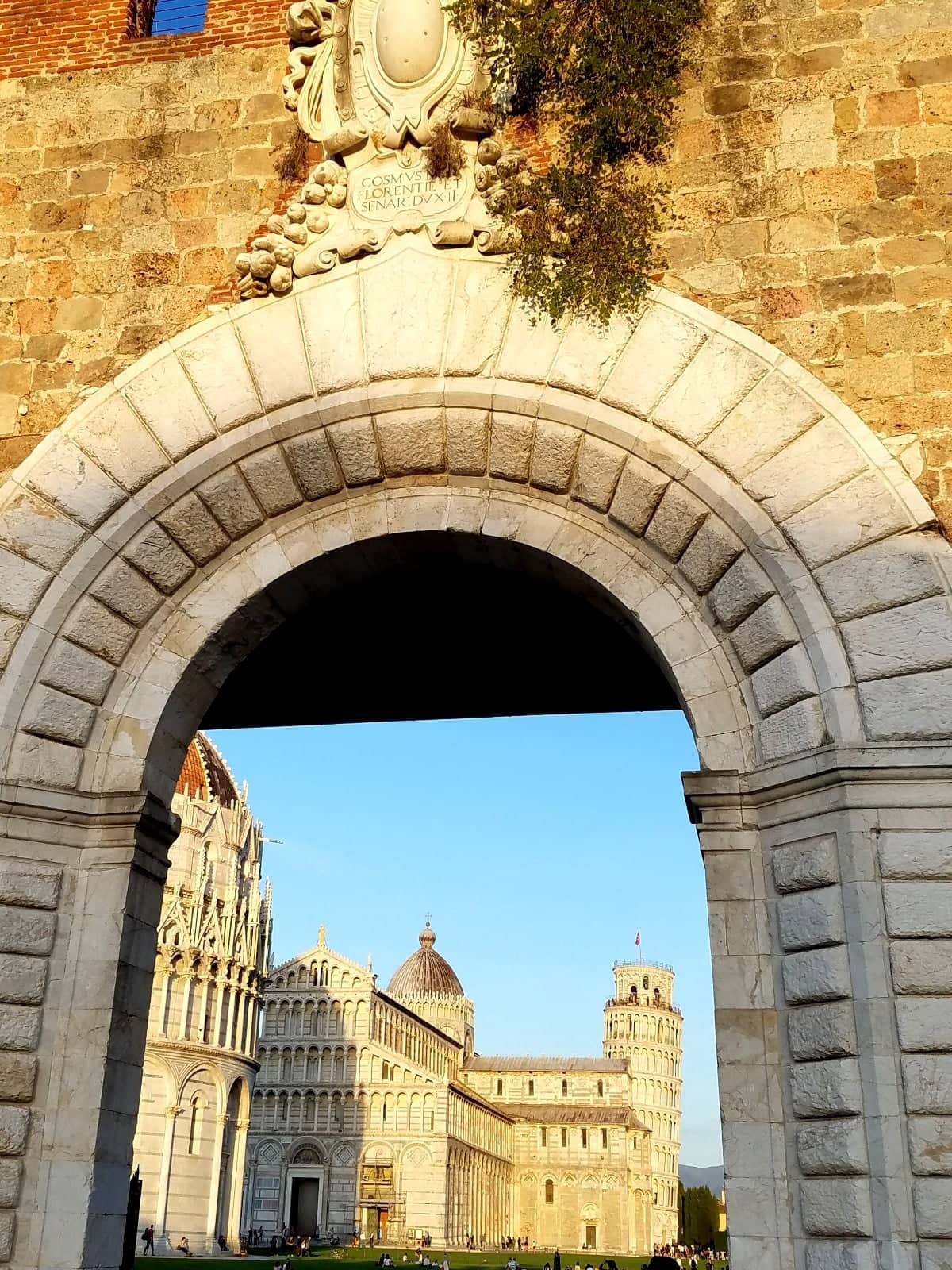
The Miracle Square also includes a closing cemetery, a palace, a museum and several fountains, including the “Fontana dei Putti” or Fountain of the Angels.
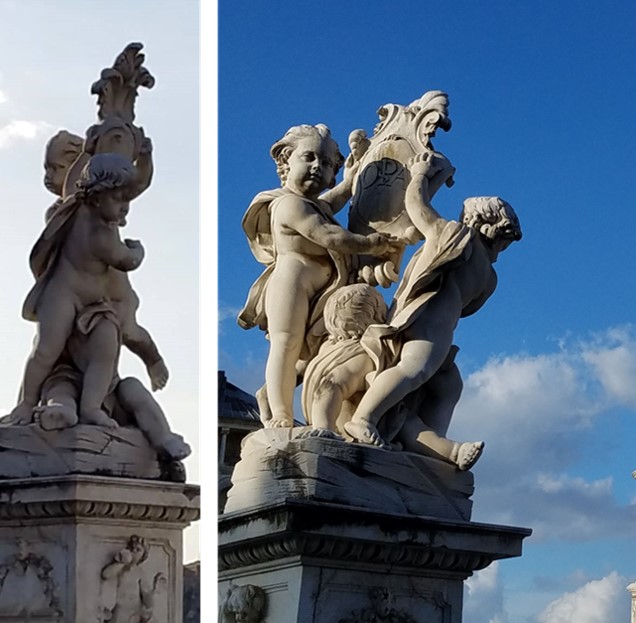
Known simply as the Leaning Tower of Pisa, this is the most recently completed structure of the “Duomo” complex during the 14th century. It is an independent bell tower that is more than 55 meters (more than 180 feet) and began to lean since its construction began, since the ground could not support the weight of the structure.
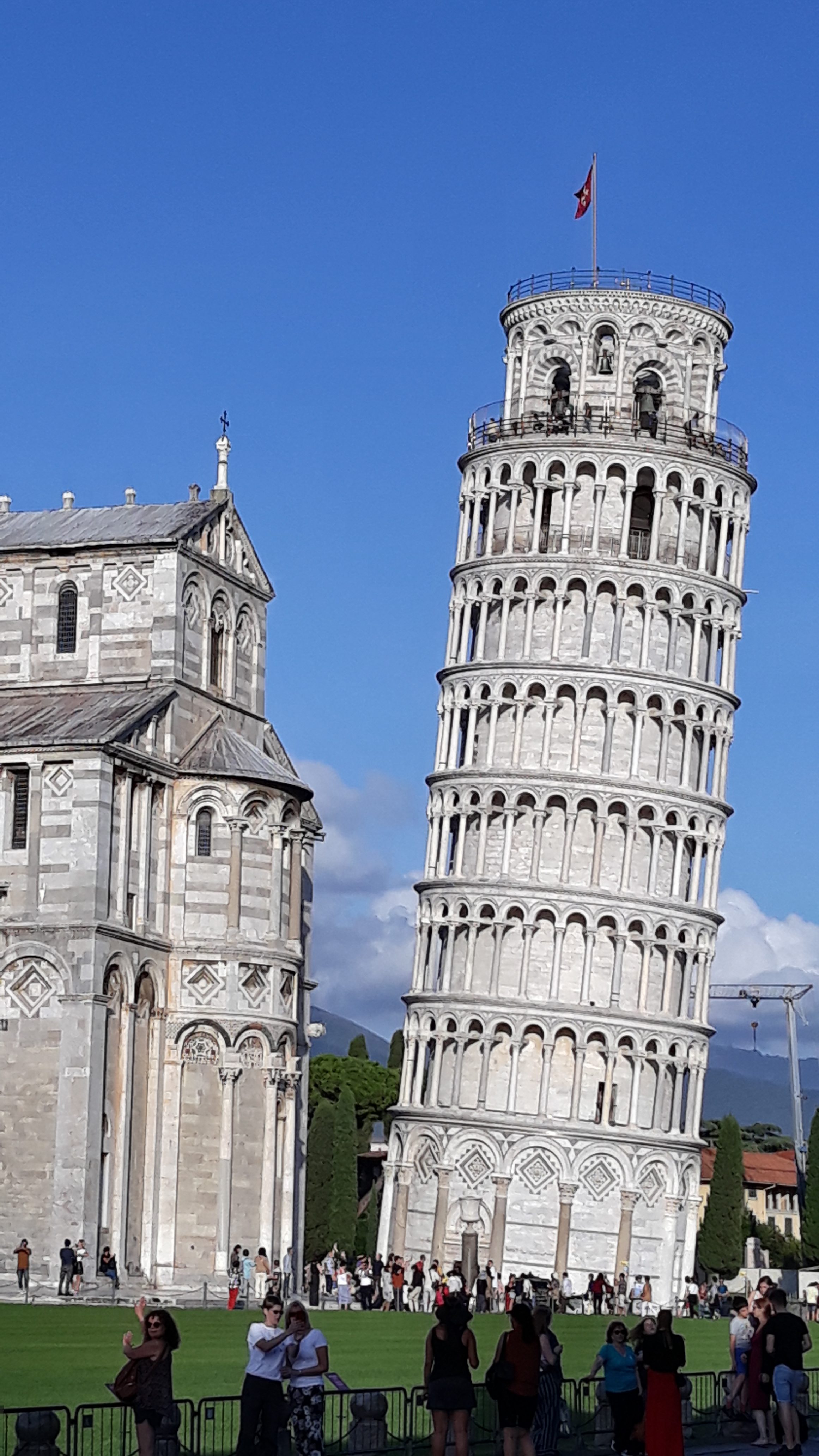
The Miracle Square has the characteristic of being a longer plaza than one is accustomed to see. The separation between the Baptistery, the Duomo and the Campanile is significant. The “Cathedrale Metropolitana Primaziale di Santa Maria Assunta” was built during the 11th century and includes classical, Lombard-Emilian, Byzantine and Islamic elements. The “Duomo” was consecrated in the year 1118.
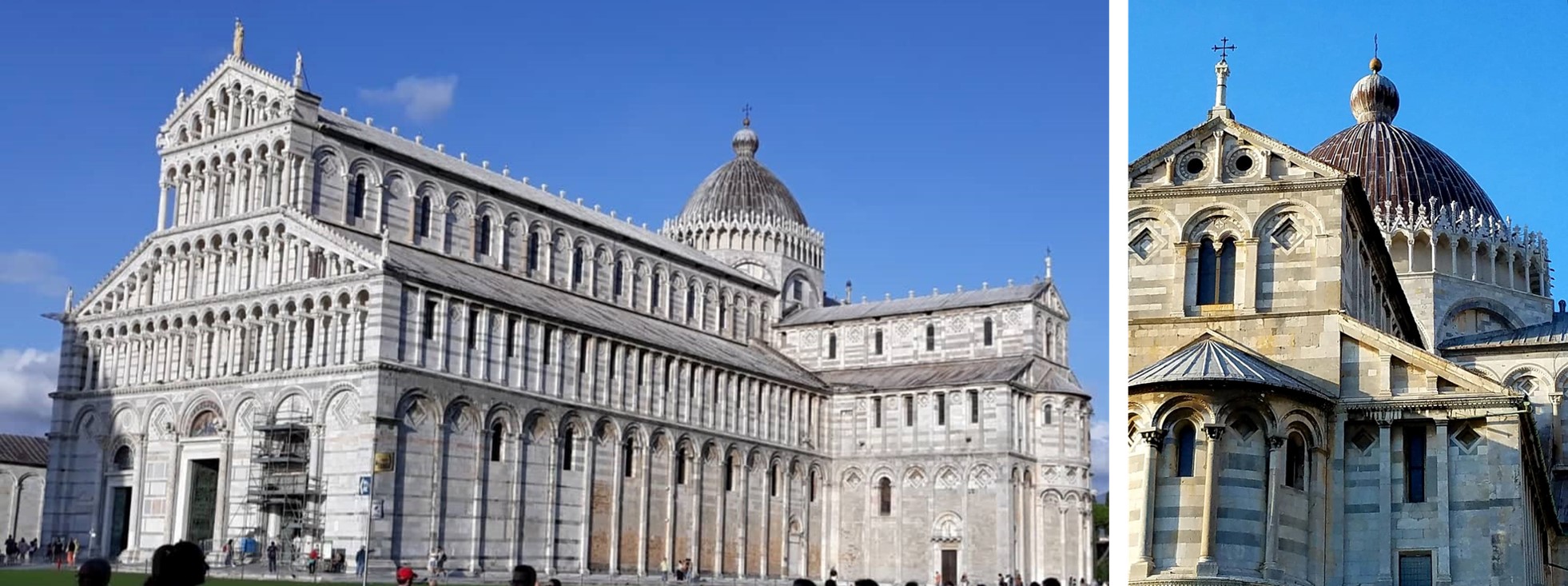
The “Battistero di San Giovanni” was built in the 12th – 14th centuries and was intended to replace an old baptistery in Pisa. The structure combines Romanesque and Gothic styles. This is the largest baptistery in all of Italy and, interestingly, just like the bell tower is also slightly inclined.
